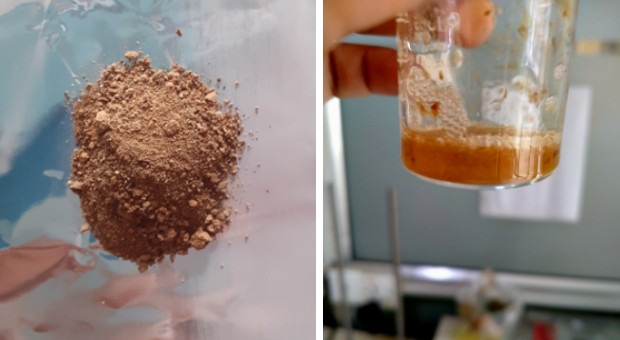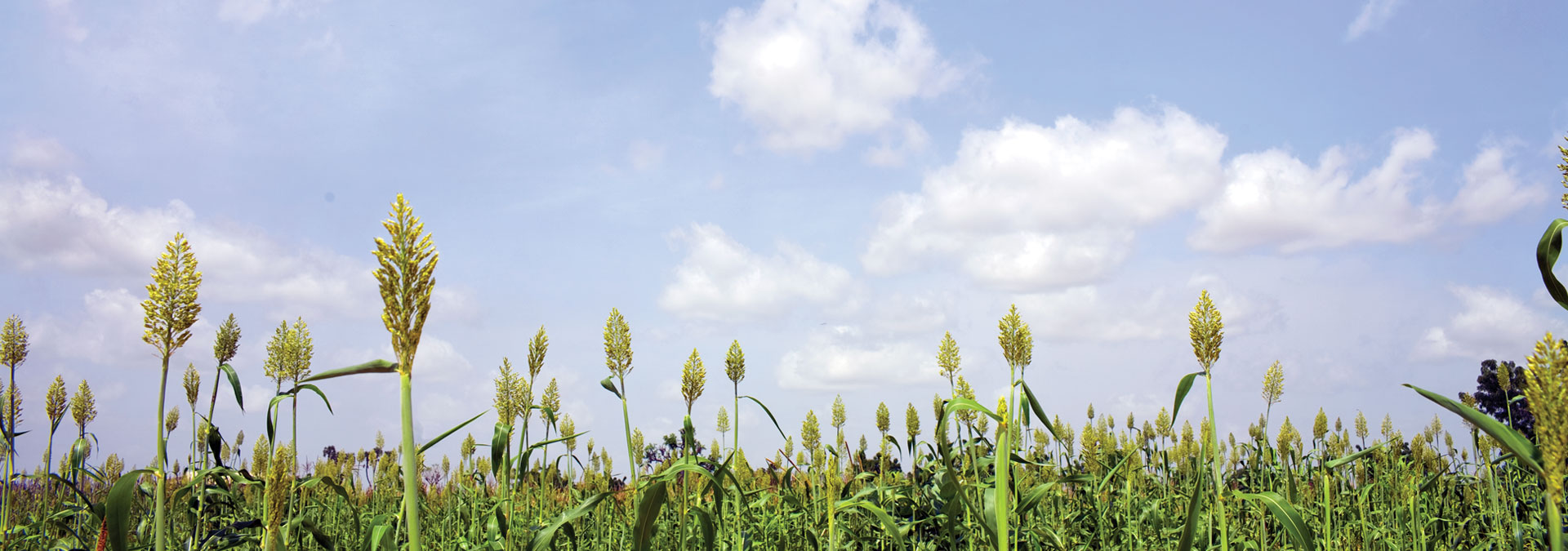
A Natural Approach to Keep Fruit and Vegetables Fresh
“I have this childhood memory of preparing pickles with tomatoes, radish, cauliflower and mixing with spices and oil, followed by a month long wait for its first tingling taste,” said Ms. Rojlina Manandhar, Co-Investigator at Department of Natural Product and Green Chemistry, Research Institute for Bioscience and Biotechnology (RIBB),Lalitpur, Nepal.
“We built our project to unlock the science in this traditional folk practice and determine if it offered antioxidant and antibacterial properties that could keep perishable foods fresh, and extend their shelf life by being applied as a protective edible coating.”
Her team is one of the finalists for the 2021 Olam Prize for Innovation in Food Security, which aims to support scientific research that can deliver transformational impacts within global agriculture. Awarded in partnership with Agropolis Fondation, the Prize recognises an innovative scientific research project for its potential impact on the availability, accessibility, affordability and adequacy of food, in line with UN SDG#2: End Hunger. The winner will be announced this September and receive a US$75,000 grant for scaling up their proven research.
In Nepal, it’s estimated that 20-50% of fruits and vegetables are lost post-harvest, mostly during transportation and storage. A major contributing factor is that most farmers can’t afford cold storage facilities, and it means they’re forced to rely on pesticides and chemical preservatives that are still costly and risk harming the health of consumers and the planet.

“These facts made the idea of an edible, locally grown protective coating very appealing to us, as a thin layer on the surface of fruits and vegetables could delay the process of crops spoiling and restrict microbial growth,” Ms. Manandhar explained. “Guava leaves include many essential oils, polysaccharides, minerals, enzymes, alkaloids, steroids, glycosides, tannins, flavonoids, saponins and carotenoids that made it a potential natural preservative.“
The uniqueness of the project lies in the use of water extract from guava leaves, which is a “green” solvent. Another important part of the research is the isolation and characterisation of different bacteria and fungi isolated from spoiled fruits and vegetables from different marketplaces around Kathmandu. Testing the efficacy of guava leaf water extract for its anti-bacterial properties showed it worked well against these microorganisms. Further, antioxidant properties in the leaves made the extract a stronger candidate for post-harvest preservation.
“We’re now exploring various coating solutions and plan to test the best formulation in a study on a Lalitpur farm,” Ms. Manandhar continued. “If our results continue as we expect and hope, the implications could be significant and sustainable: getting more fresh, nutritious, and disease-free food to consumers using local natural resources; creating more space in transportation by replacing the need for plastic packaging; reducing packaging waste and the use of chemical pesticides; and improving the incomes of smallholder’s farmers.
“Furthermore, our approach could be applied in other countries using their local plants that have similar antibacterial and antioxidant properties”.
If you’d like to know more about this project or get involved, please contact Ms. Manandhar below.


